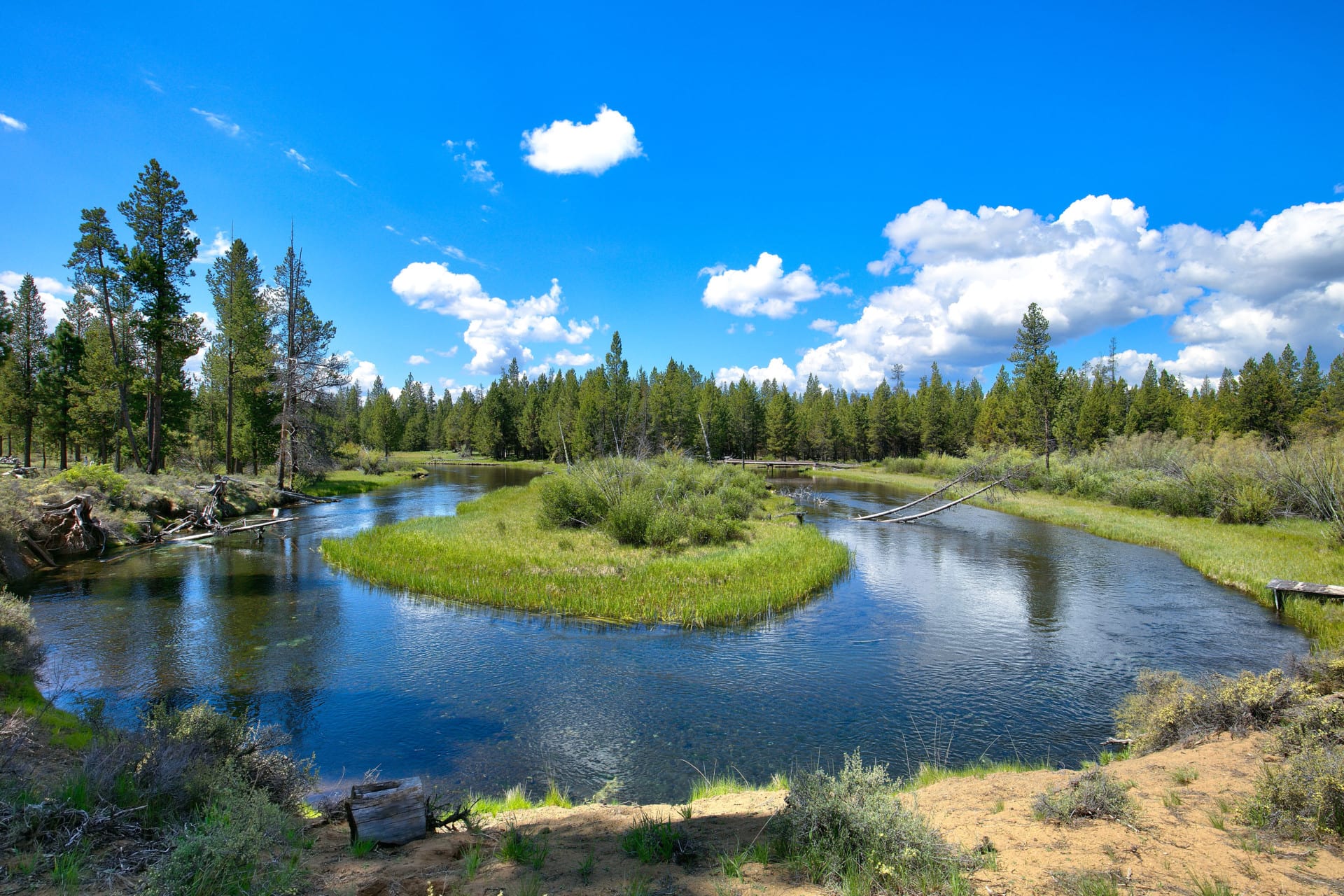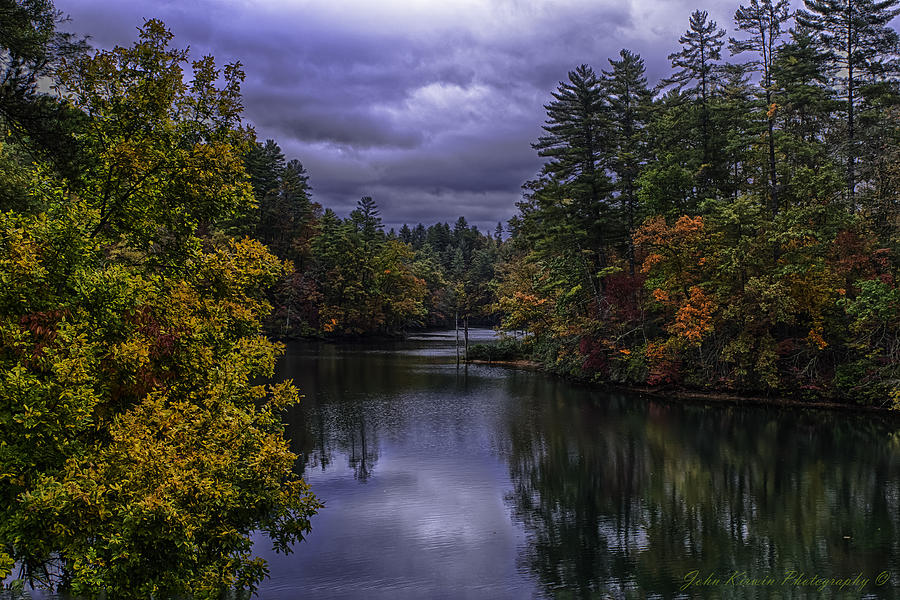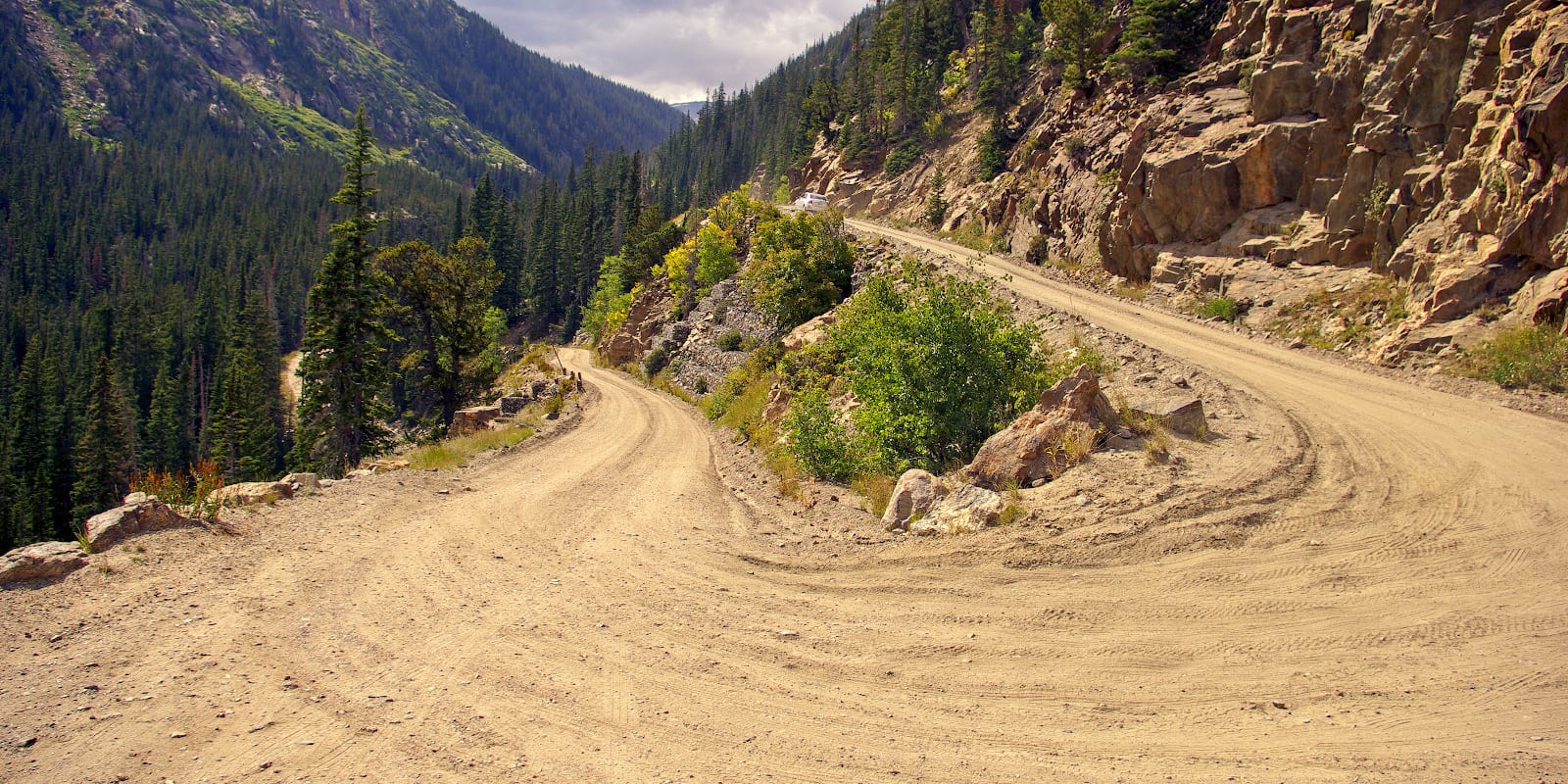

Summer weather can be humid and hot, especially away from the waterfront. Winters can be freezing and can feature varying levels of snowfall. New England climates are typically unpredictable and can range from bitter cold to very hot. In the 21st century, Fall River remains a melting pot of cultures, with growing communities of Brazilian, Hispanic, African American, Cambodian, and Vietnamese people. Over 40% of people in Fall River identify as Portuguese, higher than any other city in the country. In the 20th century, a new group of immigrants- the Portuguese- arrived in droves, and today are by far the largest ethnic group.

French-Canadians were met with austerity and skepticism as they moved into The Flint. Polish people flocked to what is now the Niagara Neighborhood. Irish immigrants, many from County Cork, founded Corky Row. While these close-knit communities are less homogenous today, the parks, churches, and monuments they left behind define the neighborhoods they once inhabited. In the 2020s, the anticipated completion of the South Coast Rail will once again make Fall River's Waterfront a transportation hub, connecting Battleship Cove Station with Boston.įall River's 19th century prominence drew in immigrants from a multitude of cultures. In the 2010s, significant investment revitalized the Waterfront, with new restaurants, breweries, and a boardwalk. The steamboats are gone today, but massive warships, including the USS Massachusetts ("Big Mamie"), have taken their place at Battleship Cove Museum. presidents, including FDR, who took the journey. Travel on the line's ornate "floating palaces" was the most luxurious way to get between these Northeastern hubs- just ask any of the six U.S. In the 19th century, this was the port for The Fall River Line, a steamboat-rail connection from New York City to Boston. The Fall River Line Grand Saloon inside the Priscilla, a palatial ship in the Fall River Line's fleet.Īlong the Taunton River, the city's western border, lies The Waterfront. In 2020, amidst the COVID-19 pandemic, Fall River's Merrow Manufacturing Company was the largest producer of USA-sourced PPE, including face masks. Yet, the city's textile heritage lives on through more than just its structures. Among the mills that have not burned down or been demolished, many now house restaurants and retailers. The aristocratic owners of these mill complexes lived in the Victorian mansions lining the streets of The Highlands, a neighborhood of the suburban North End.

While this industry has largely disappeared, the granite mill buildings it left behind define the appearance of the city's South End. The Spindle City This mill, now a doctor's office, is constructed from local Fall River granite.įall River was the USA's largest cotton textile manufacturer in the late 1800s, earning its enduring nickname of "Spindle City". A lone aboveground waterfall remains it's manmade and hidden in the Metacomet Mills complex, near where Anawan St. Today, most of the river is routed underground, covered by I-195. At one time, the Quequechan River meandered through the city, connecting South Watuppa Pond to the Taunton River via eight small waterfalls. Fall River is famous for Battleship Cove, the largest museum of its kind in the world a rich Portuguese-American culture, featuring authentic food and the accused axe murderess Lizzie Borden.įall River's name comes from Quequechan (locally, QUICK-uh-shan), a Wampanoag word meaning "Falling Water". Not to be overshadowed by nearby Boston and Providence, Fall River offers visitors unique attractions that are absent from its two larger neighbors. In the SouthCoast region of Massachusetts, where the Taunton River empties into Mount Hope Bay, stands Fall River- the "Spindle City".


 0 kommentar(er)
0 kommentar(er)
